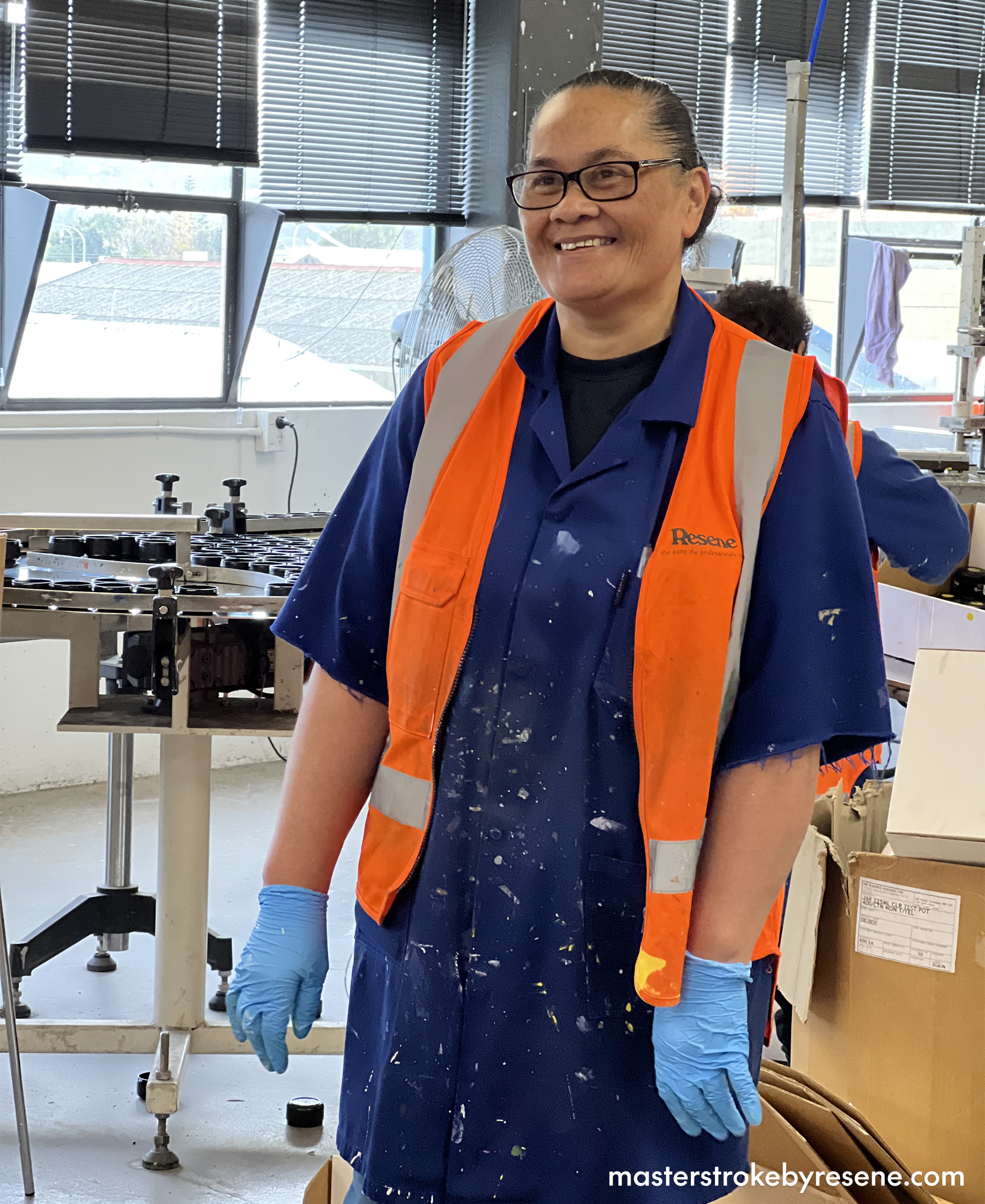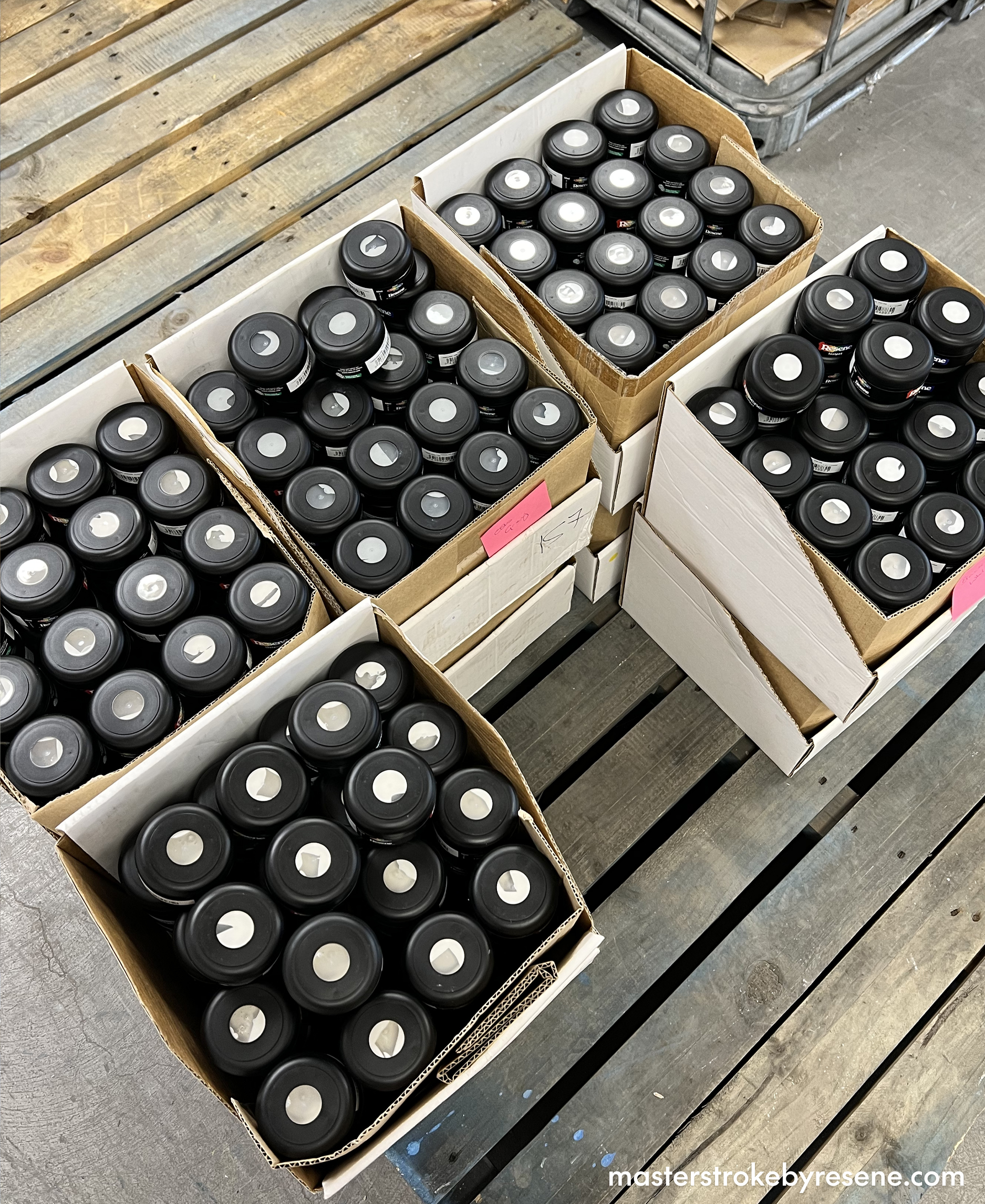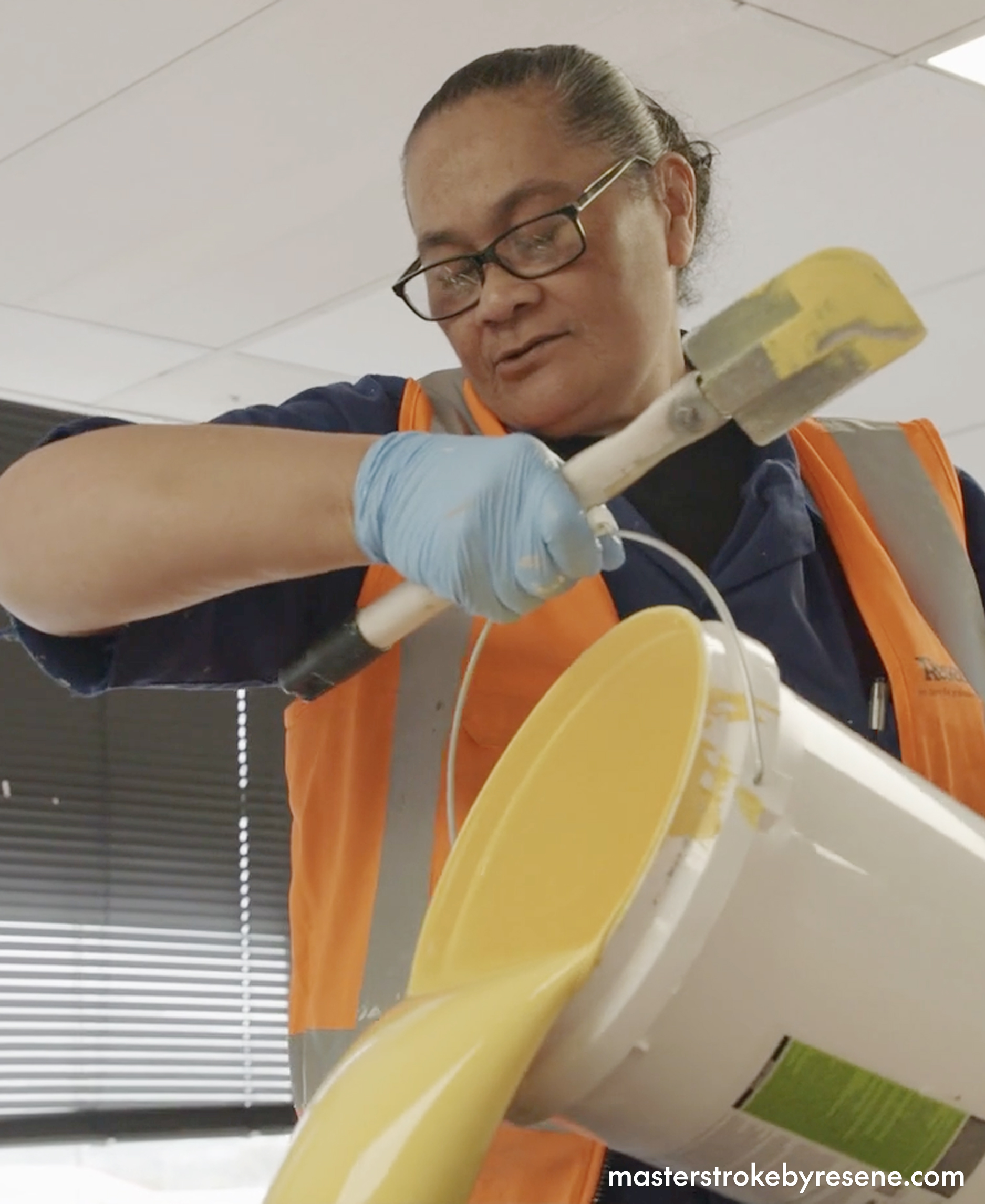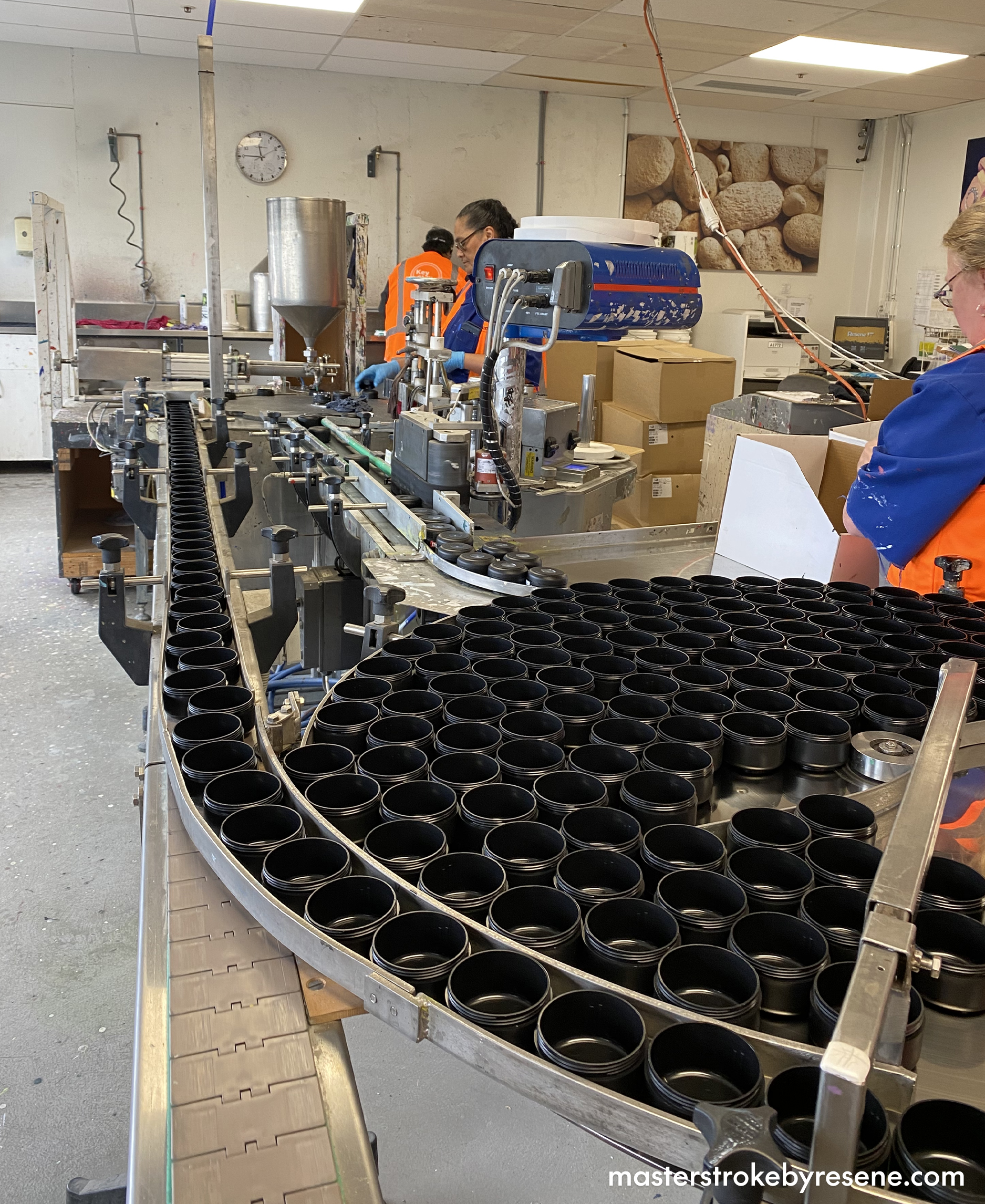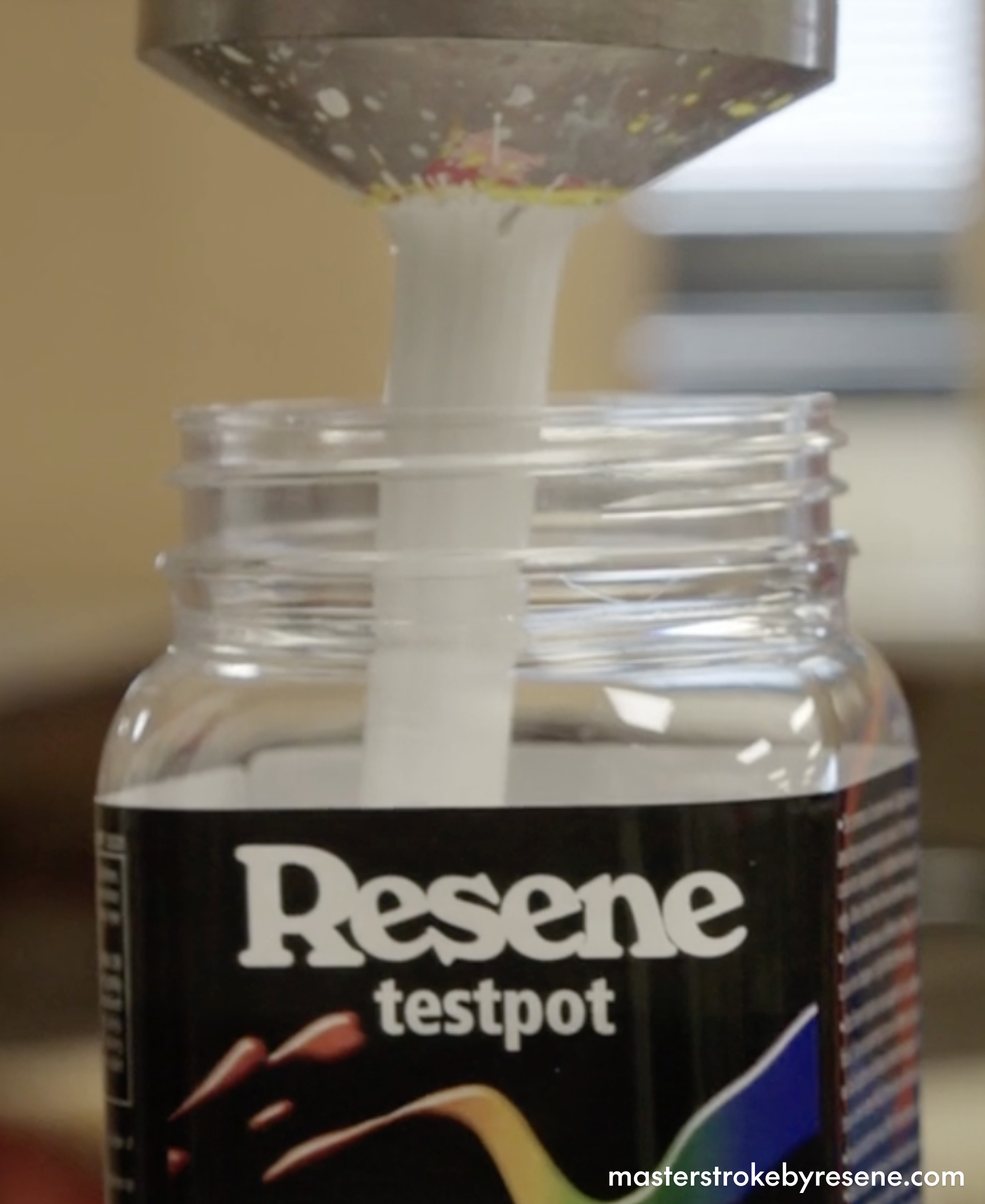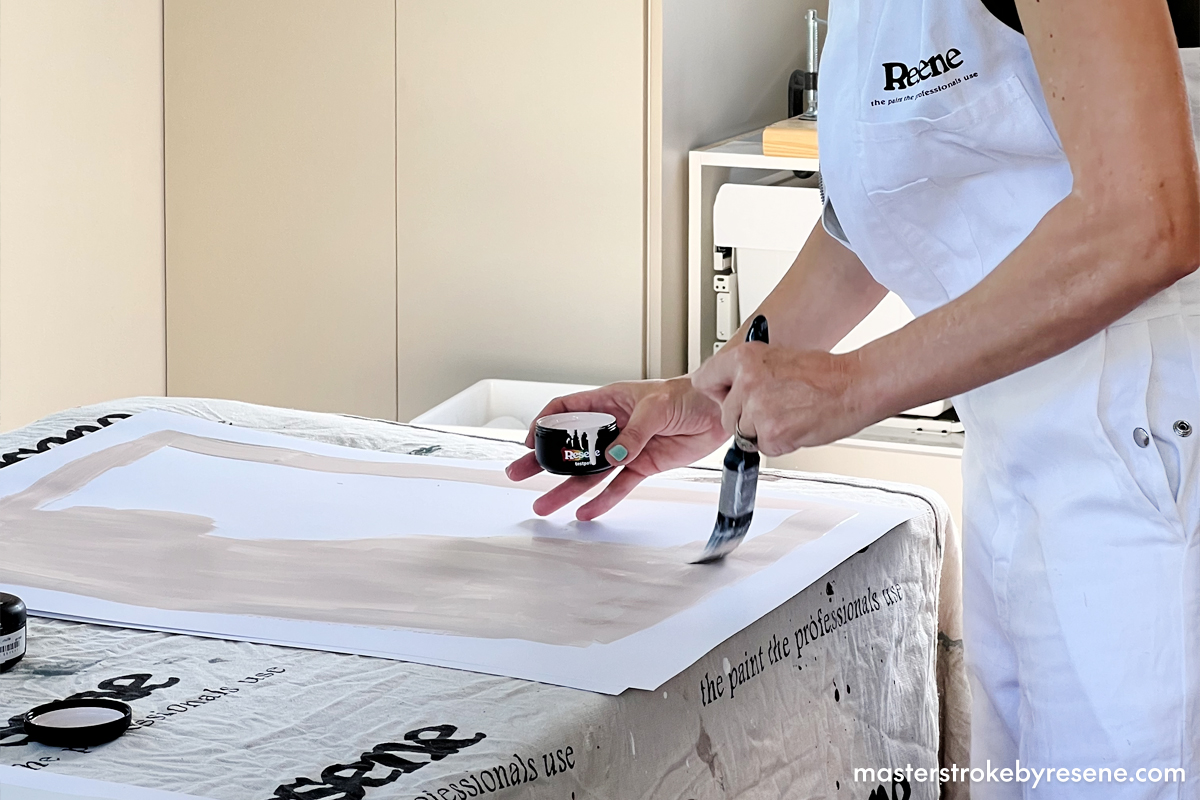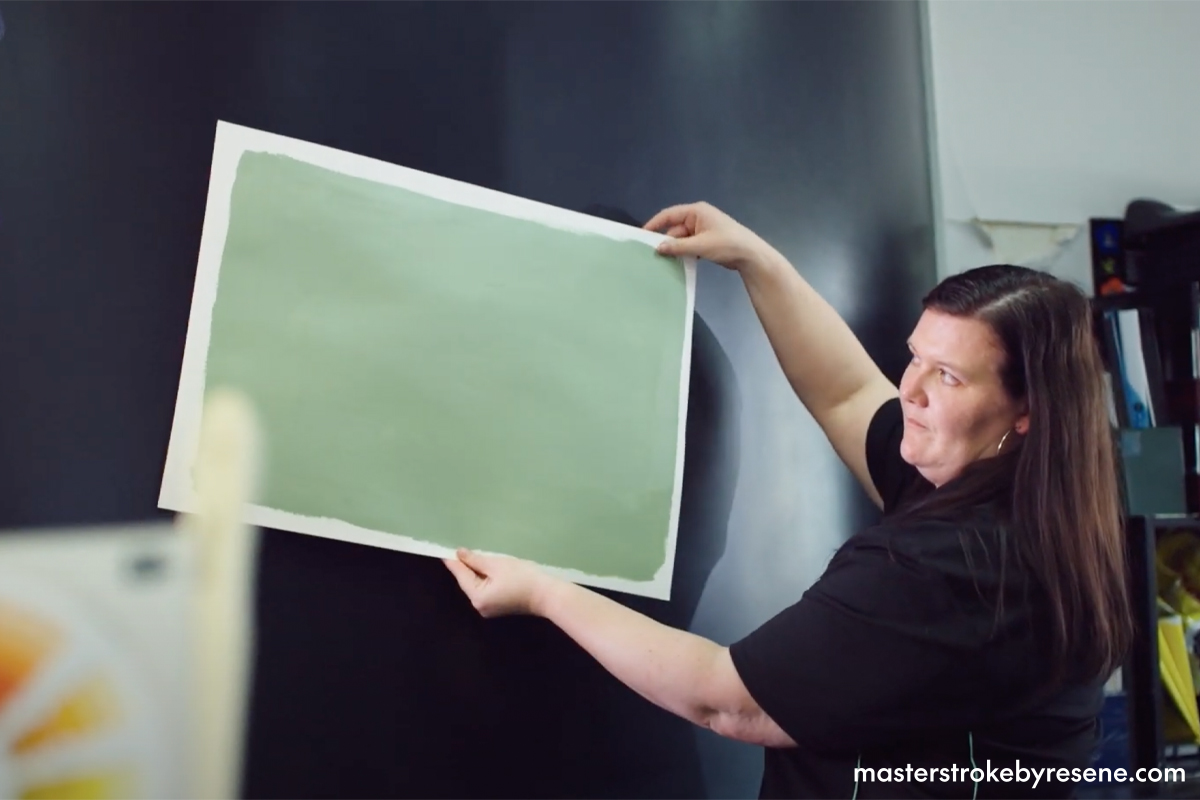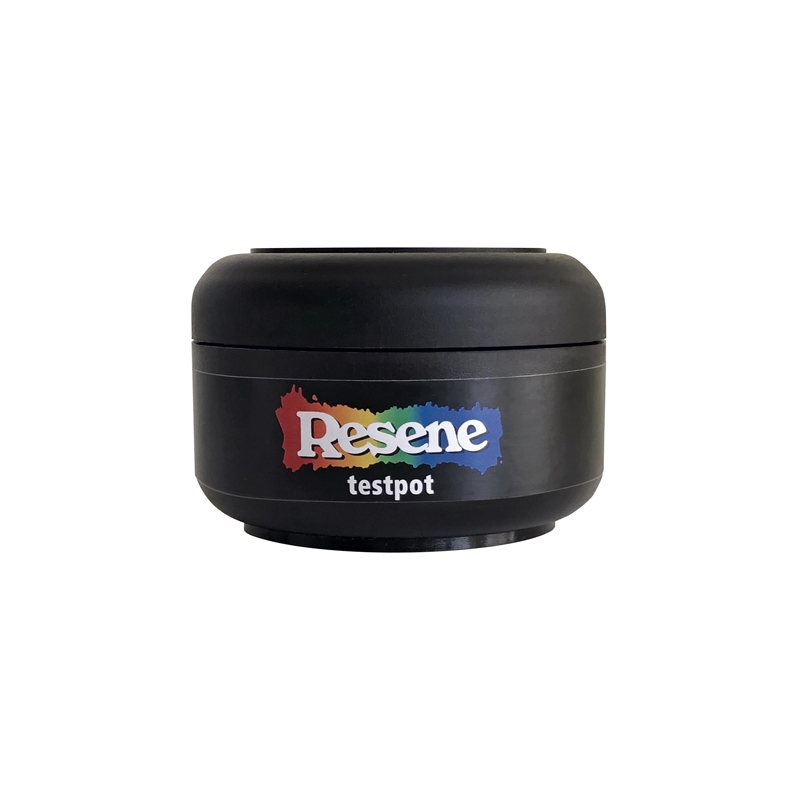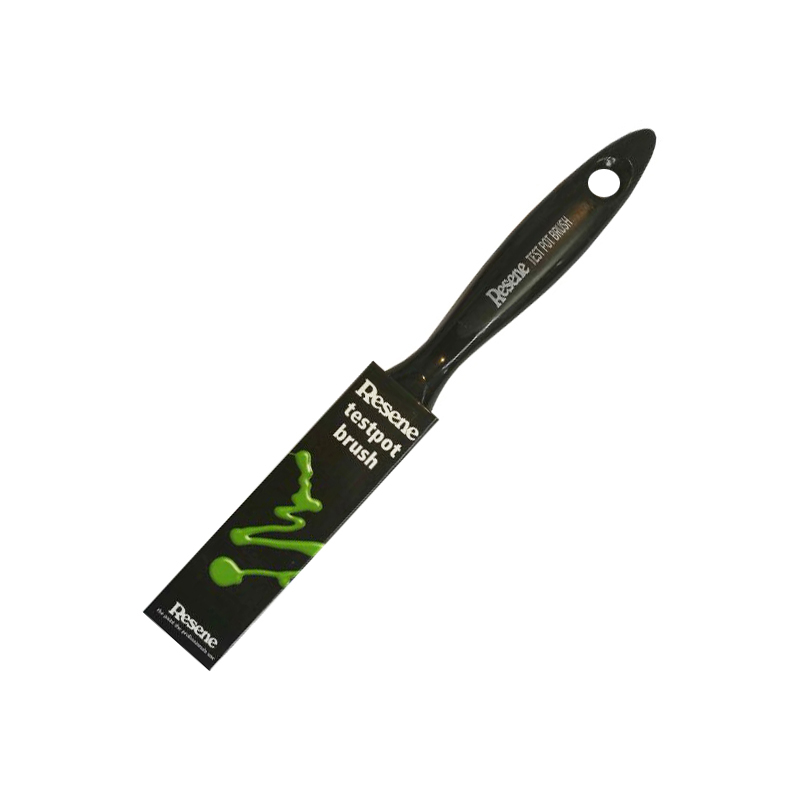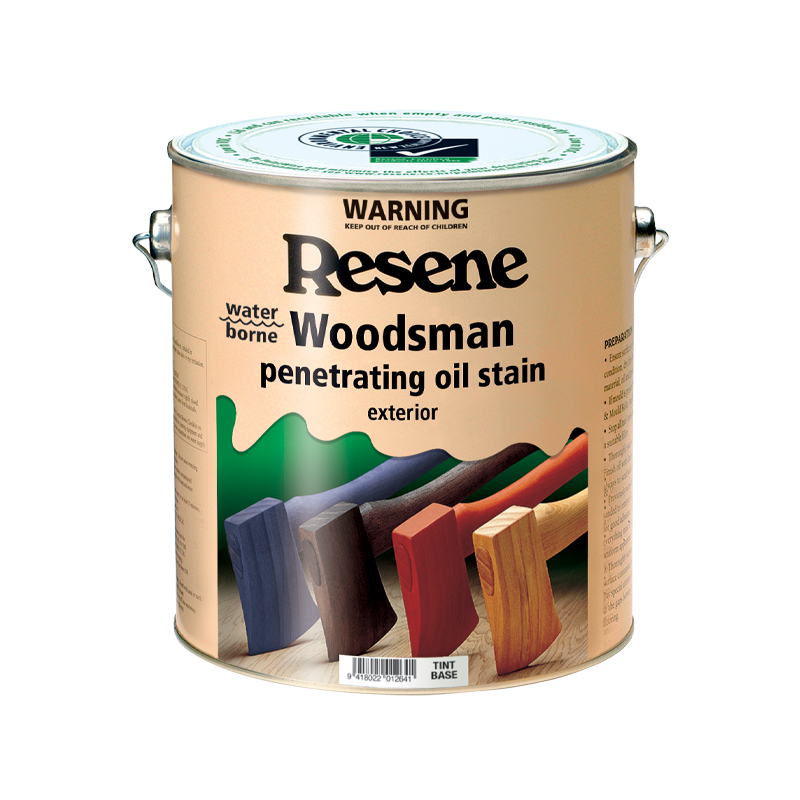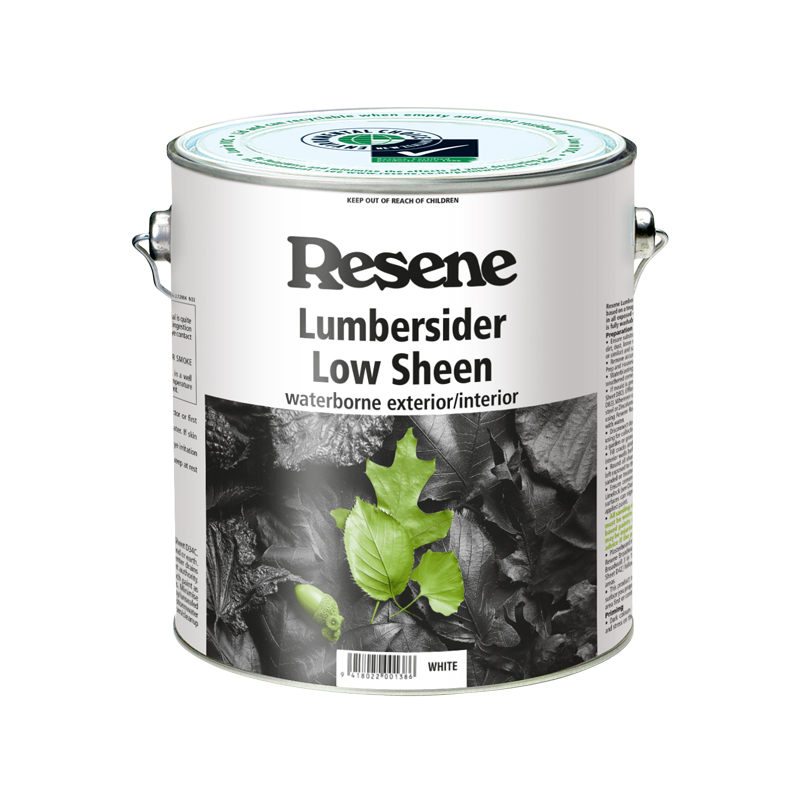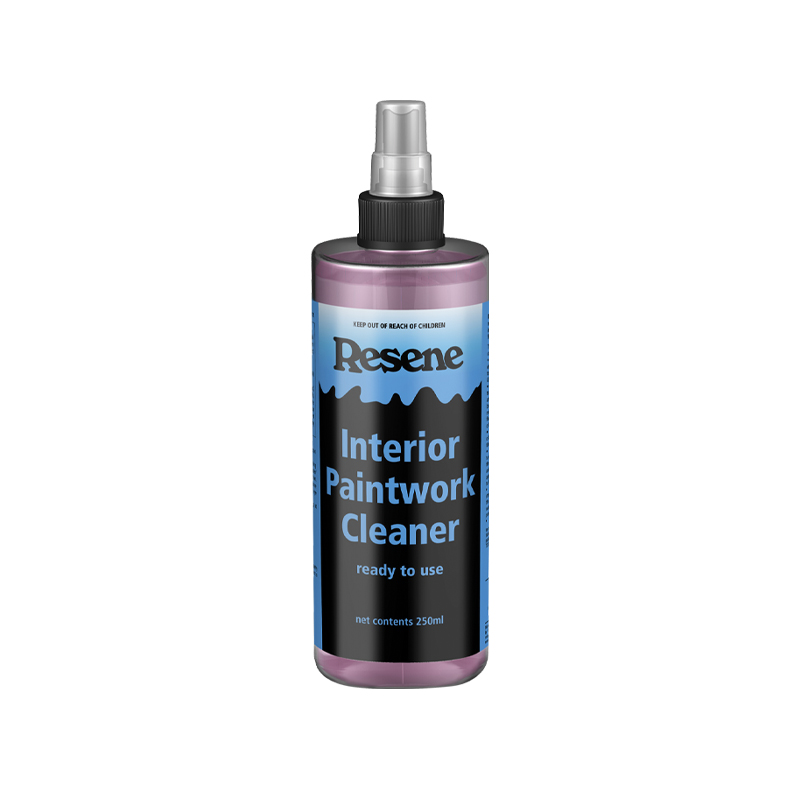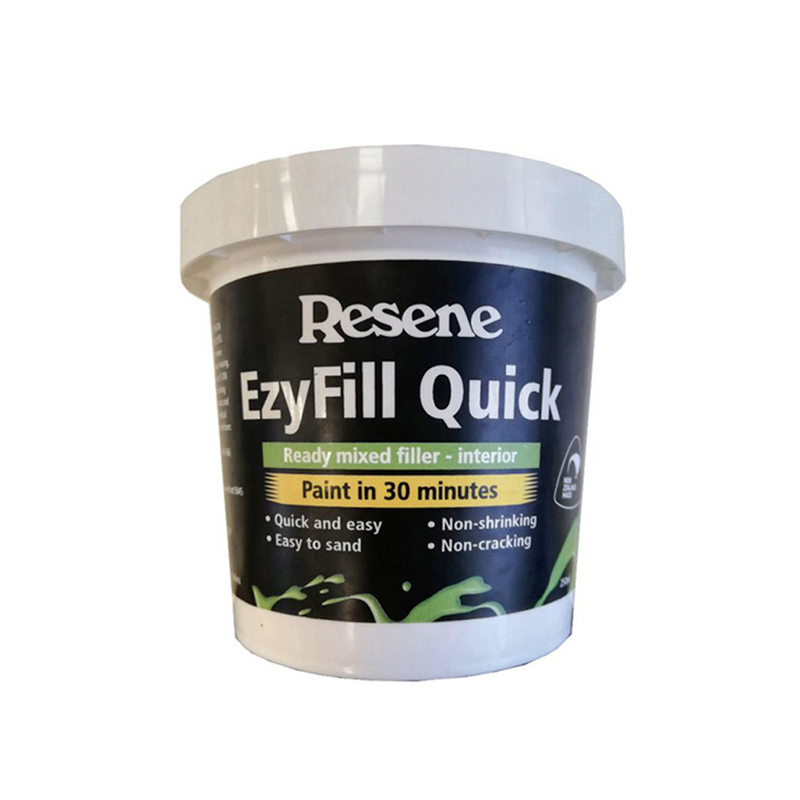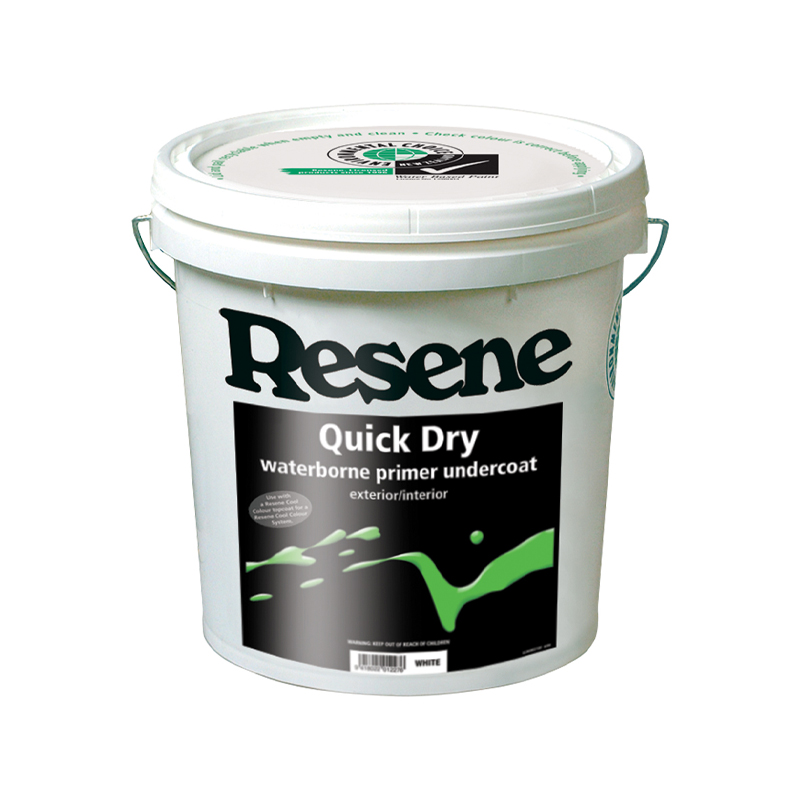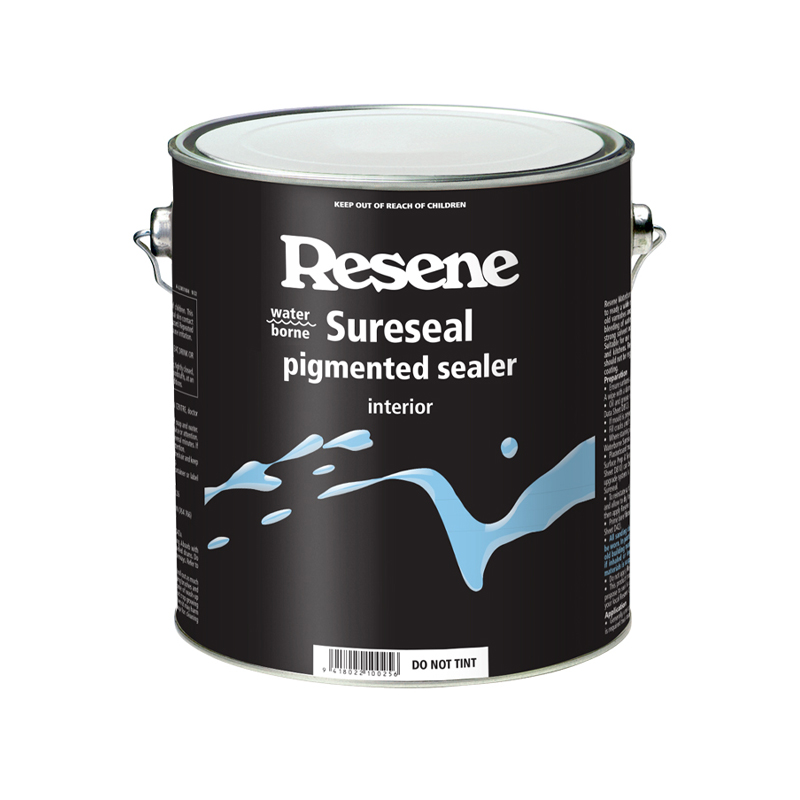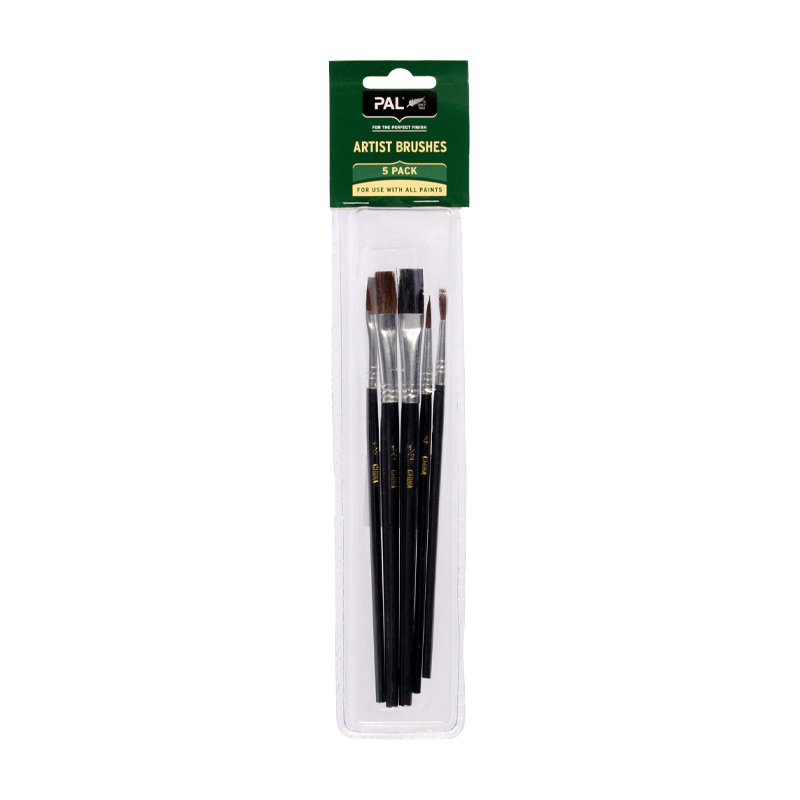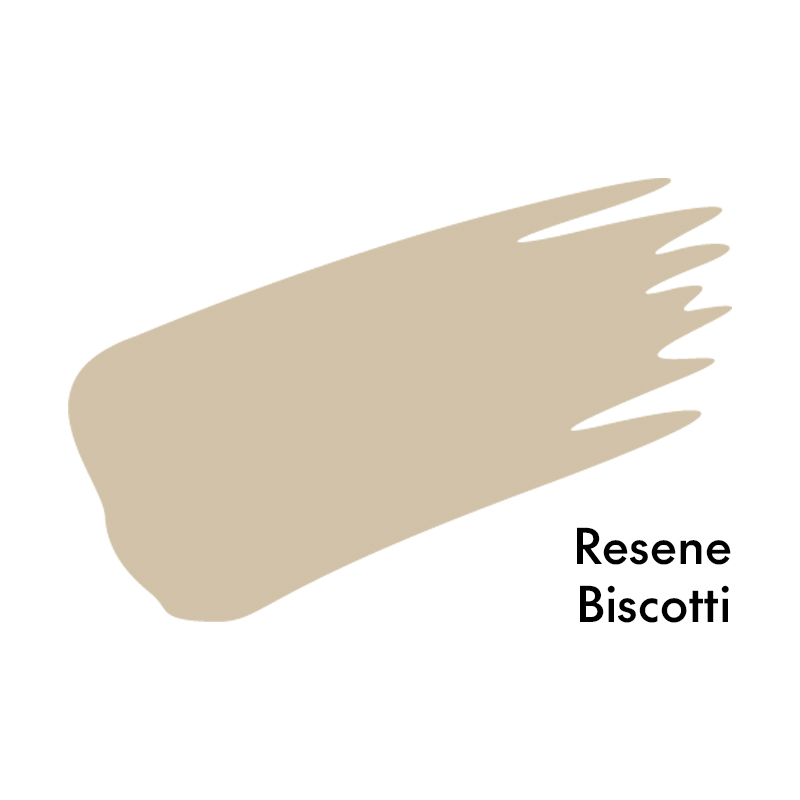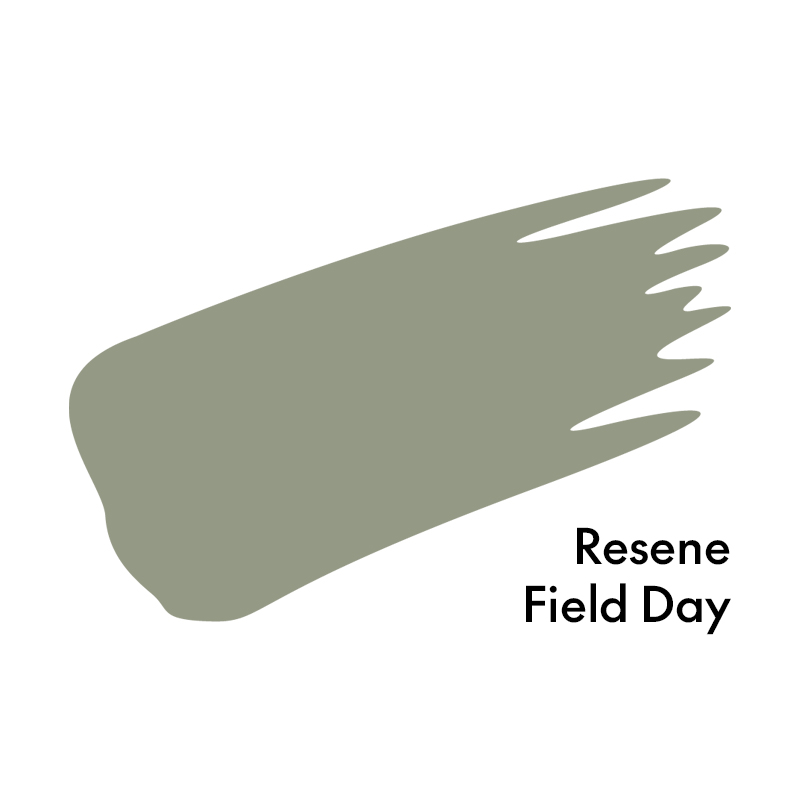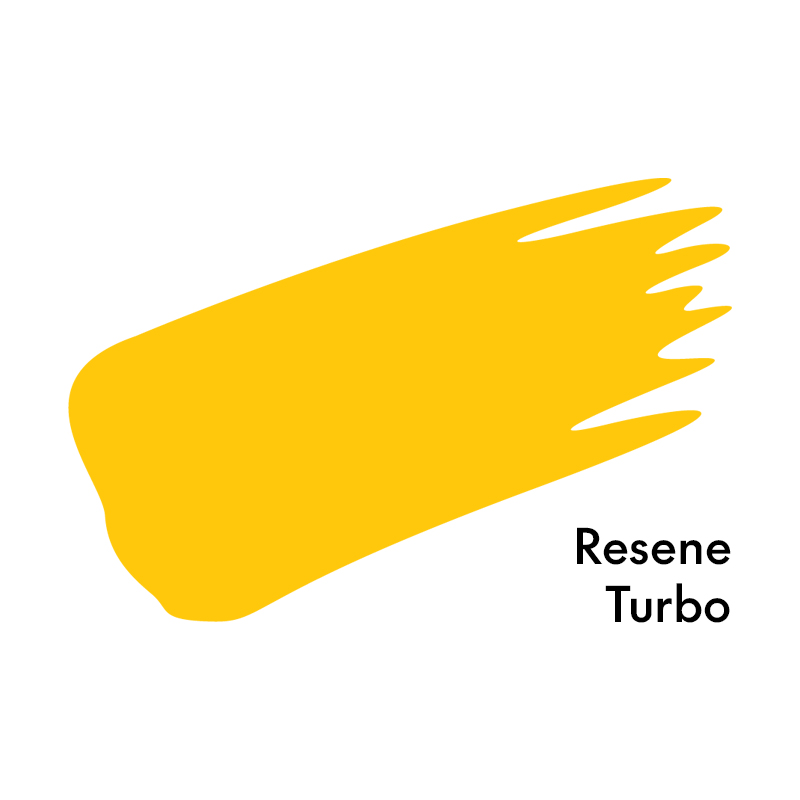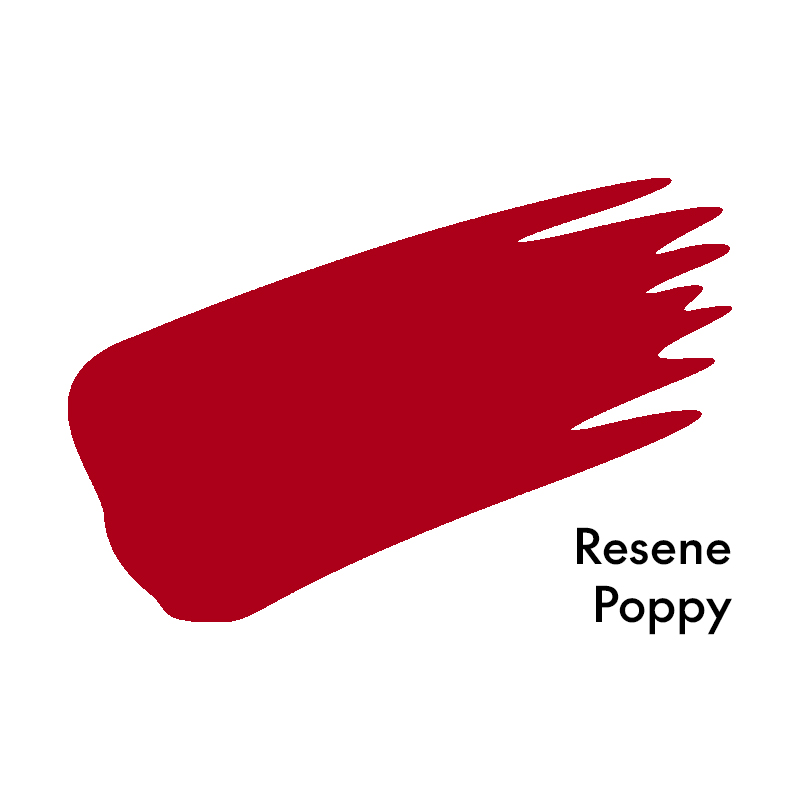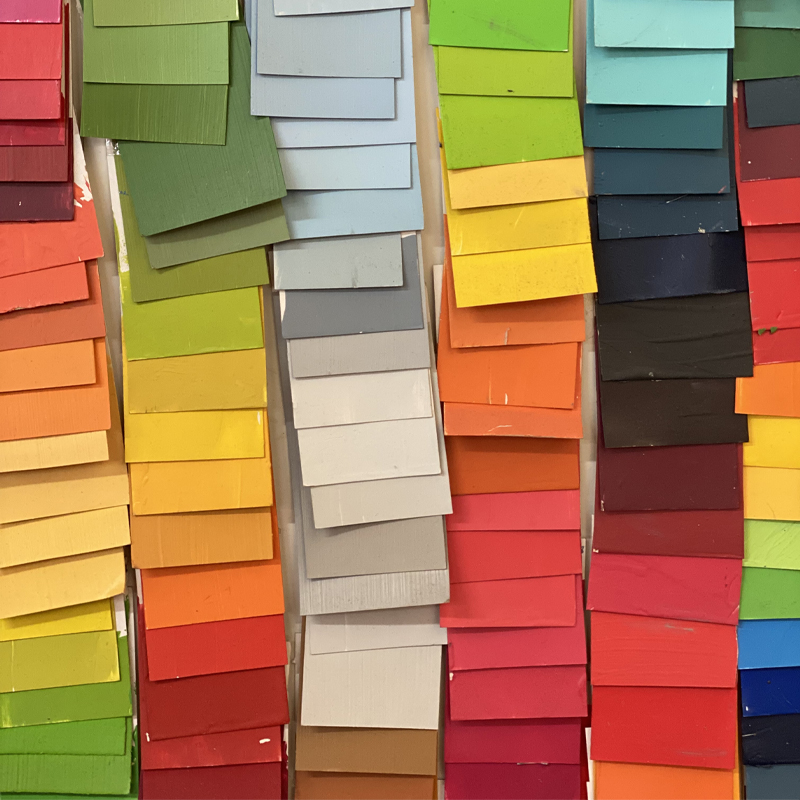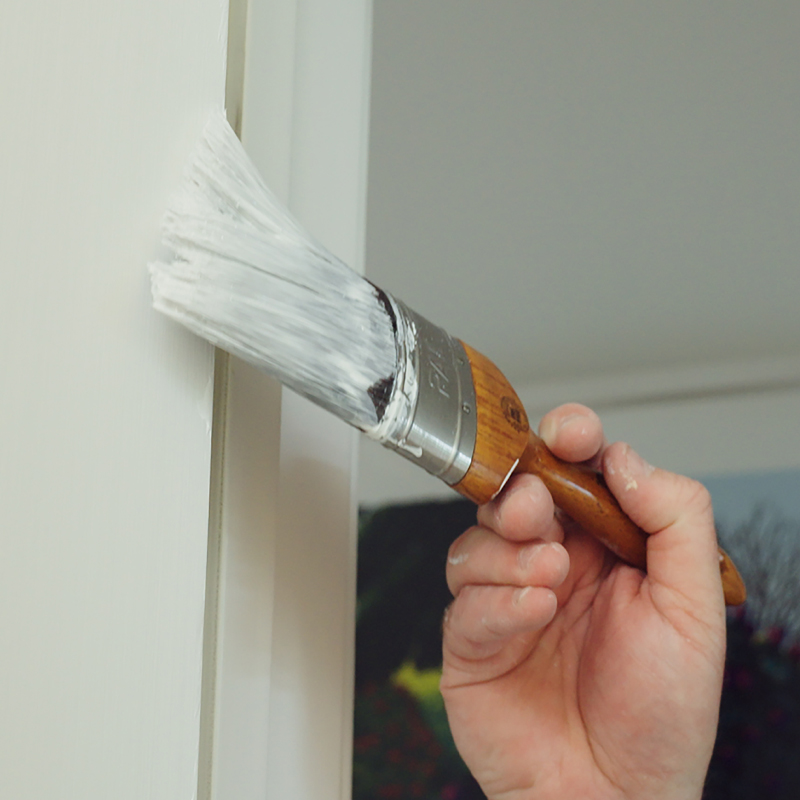Resene testpots have been the best friend of DIYers and decorators for decades. In 1981, Resene was the first New Zealand company to launch an extensive range of paint testpots to allow homeowners and professionals to try out colours for their projects to find the perfect hue.
These 60ml tubs of joy are just one of many Resene innovations over the years. Kiwi ingenuity has been front and centre of the company’s growth ever since 1946, when Eastbourne builder Ted Nightingale first whipped up a batch of alkali-resistant paint in his garage using a cement mixer – and Resene was born.
Since then, Resene has grown to be a company of over 600, with over 70 Resene ColorShops across New Zealand and Australia, as well as being stocked in many other stores in both countries – they even have a presence in Fiji! Resene has factories and manufacturing facilities in Naenae and Upper Hutt and Resene PaintWise paint recycling facilities around the country. While the company has grown, it has remained a family-owned business, with Ted’s grandson Nick taking the helm as General Manager in 1999.
The family feeling of the company is obvious at the testpot manufacturing facility in Naenae. Mele has been with Resene for 24 years and runs a team of five in the Resene testpots department.
Homeowners, tradies, architects, designers, artists and crafters use many, many thousands of Resene testpots each year. Mele and her team have a big job making sure the thousands of colours in the Resene Multi-finish range, Resene Whites & Neutrals range and Resene The Range 24 fashion colours are available in testpots for customers. The Resene Multi-Finish range alone features 896 colours, each available in a Resene testpot which can be ordered online or purchased from a Resene ColorShop or retailer.

